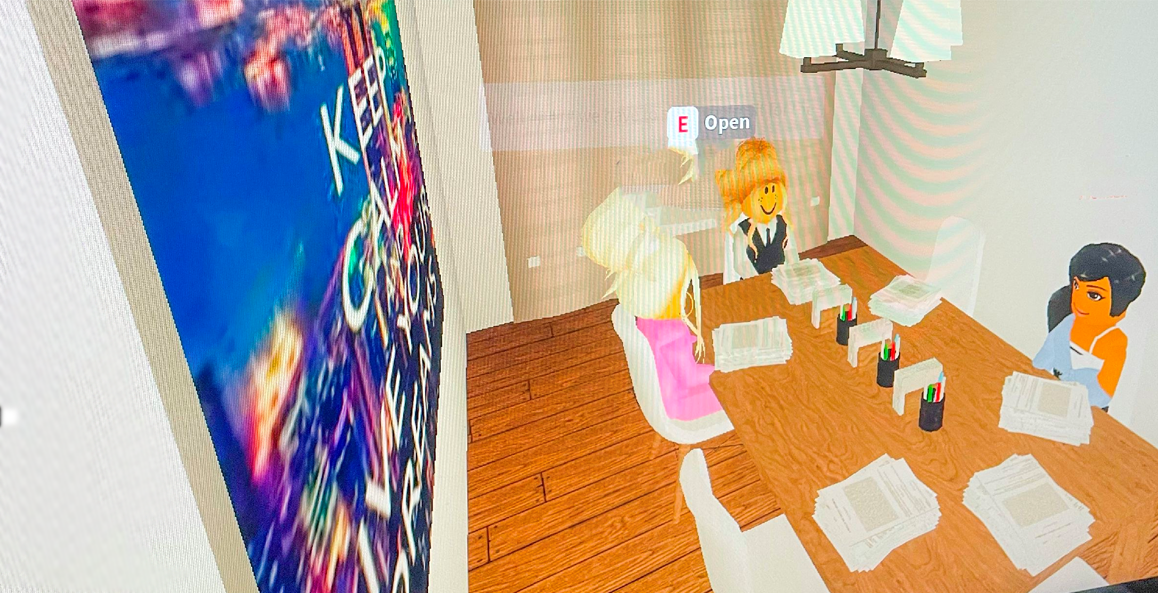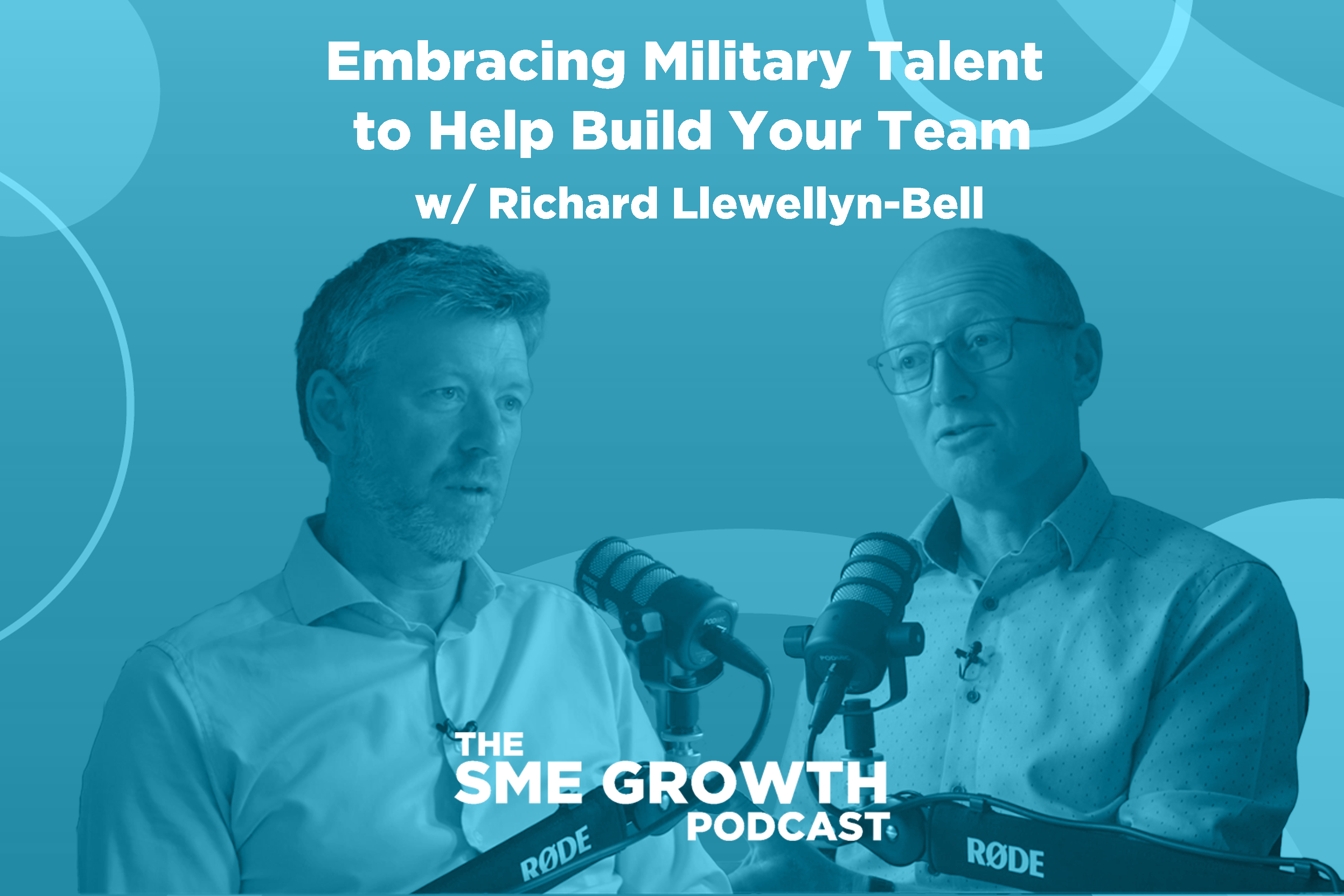Ever used Roblox For interviews?
Ever used Roblox to interview candidates? My 10-year-old daughter just ran a recruitment process on Bloxburg and it got me thinking!
Wellmeadow supports ambitious companies with business growth enabled by HubSpot.
We've worked with over 100+ businesses at board-level across sectors such as automotive, manufacturing, healthcare, legal, SaaS, and professional services.

%20(A4).png?width=71&height=100&name=portrait%206-box%20model%20diagram%20(1170%20x%207051%20px)%20(A4).png)

-1.png?width=70&height=70&name=Square%20(1)-1.png)

Diversity, equality and inclusivity (DEI) has become a big area of focus for HR professionals and managers in recent years. High-profile movements such as “Me too” and “Black Lives Matter” have widened the interest in the subject, as have governmental policies such as the requirement for companies to provide gender pay gap reports.
Many companies have changed or introduced policies and implemented training to addresses the issues. However, while these are important, they tend to be concerned with the more obvious behaviours and practices. What aren’t always considered are the underlying biases that work their way in to our processes. Only by paying attention to our unconscious bias, can we truly improve the DEI of our organisations.
What is unconscious bias?
Unconscious biases, also known as implicit biases, are learned prejudices and stereotypes (often not based on personal experiences) that form outside of a person’s conscious awareness due to our tendency to organise social worlds by categorizing. It is normal to hold unconscious beliefs about social or identity groups, and can include biases towards ethnicity, race, age, gender, weight, and many other characteristics.
Unless we make efforts to understand our biases and put practices in place to assist people not to act on them, they will continue to influence our decisions.
Where does it show?
Most commonly, unconscious bias is made present in affinity bias. In stark contrast to any inclusivity programme, affinity bias is our tendency to favour those most like ourselves. This is dangerous in the work place, as it influences our choices as to which candidates or employees to recruit, to develop and to promote, rather than basing these decisions on ability and performance.
How do you measure where you are?
There are several options when you’re looking to start measuring where you currently stand:
• Employee listening surveys – allow you to ask your employees how they feel about the company and dig down into areas such as DEI. It is important to give employees a voice, otherwise it is difficult to take the correct improvement actions.
• Employee composition reports – provide quantitative data of the aggregated DEI composition of your staff.
What can you do to make improvements?
Firstly, be mindful that this is a hot topic for managers and are a lot of resources available to assist you as you start to tackle the subject. For smaller companies without generous training budgets, there are excellent resources available on Youtube that can supplement your training.
1. Identify what comes out of your surveys
2. Measure your company externally, using available statistics relevant to the market
3. Ensure executive buy-in
4. Create training programmes to address the issues identified
5. Allow people to feel comfortable to do the right thing but bring it up on a regular basis
6. Foster a culture that polices itself – make it clear that you’re all in it together and hold each other accountable – call each other out!
The Problems in Recruitment
As with other areas, much of the problem with hiring is systemic; the current systems create problems. For example, a lack of interview training for managers, or interview processes that have not been updated in years.
Our brains are wired to make decisions about people in a few seconds and we need to change our processes so that we aren’t allowing this to happen. There are certain decisions that are well placed to be based on “gut instinct”; recruitment does not fall into that category. When it comes to hiring, going with your gut means giving in to your biases.
Removing Bias From Recruitment
Process Have a well-structured process that tests for an agreed set of criteria for each role. Have a clear score-card in place.
Monitor Have interviewing partners who will call you out if you steer away from the scoring process and ensure that you are doing the right things in interviews.
Culture Don’t abuse the term “culture fit” as it can feed affinity bias. Establish attributes for culture fit that don’t matter to the backgrounds of the candidates.
Hire slowly Take your time and don’t rush the process.
Advertising Try advertising in many places to attract different backgrounds.
Measure Continue your employee surveys and composition reports analysis and consider introducing measures such as new hire experience surveys and eNPS scoring.
Blind recruitment
Some recruiters are going a step further and introducing “blind” methods to their recruitment processes. At a fairly basic level, this could be removing names from CVs to conduct blind CV reviews. Going the extra mile, borrowing a best practice developed by the Boston Symphony Orchestra in 1952, the US Army uses double-blind interviews with a black curtain separating candidates from the interviewing panel at all times.
Conclusion
Taking time to consider how you can remove unconscious bias from your recruitment processes does more than tick DEI boxes. It will help you to recruit the best people to your vacancies and assist you to create a diverse and balanced team. It’s vital that you educate your team to take them on the journey with you and to keep the conversation open!

Ever used Roblox to interview candidates? My 10-year-old daughter just ran a recruitment process on Bloxburg and it got me thinking!

It’s said that recruitment consultants spend an average of 6-7 seconds assessing a CV on first look. Faced with a plethora of CVs to consider,...

In this episode of The SME Growth Podcast, host Dave Parry is joined by guest Richard Llewellyn-Bell to discuss the current challenge of recruitment...